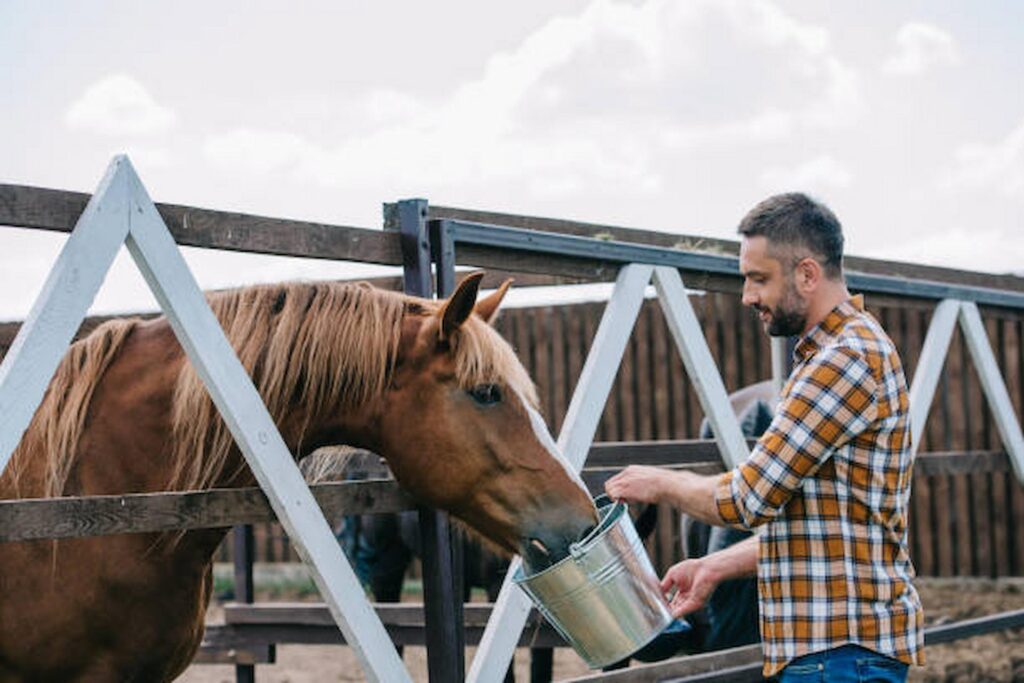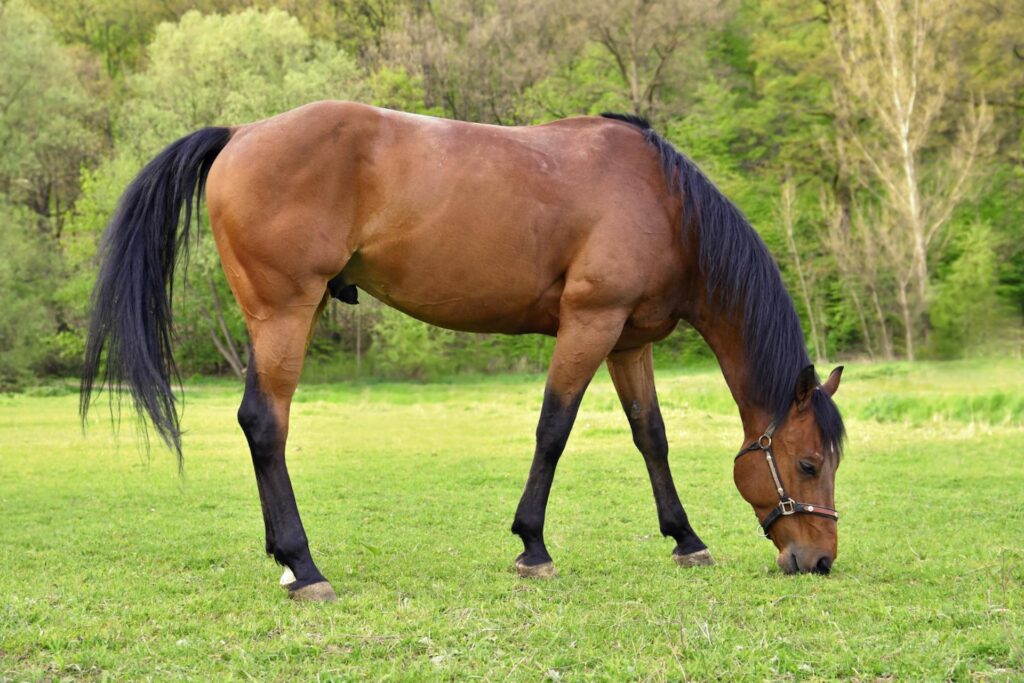You may have been advised either by a feed company or by other horse owners to feed your horse products to improve gut health, but you might not be sure exactly what this means and how to go about doing it. If you don’t know your prebiotics from your probiotics then fortunately, we have compiled a guide outlining the differences between the two. Read on to find out how to choose the right option for your horse.
What Are Probiotics And Prebiotics?
Probiotics are products that contain live microbes that are given to an animal to increase numbers of these microbes in their gut. The term can be used to refer to either yeast or bacteria but it’s important to note that there are no bacterial probiotics approved for use in horses. This means if you purchase a supplement that is described as a ‘probiotic’ then it probably contains yeast if it is produced legally. Prebiotics, on the other hand, have an effect on the microbial population in the gut but they aren’t live. There are two main types used in horse feeds FOS and MOS. FOS provide a food source for beneficial bacteria in the gut and MOS are like sticky sponges that latch on to harmful bacteria and stop them from becoming established in the gut
Importance Of Bacteria In The Horse’s Gut
The digestive enzymes that horses produce naturally in their digestive system break down nutrients including protein and carbohydrates, but they cannot break down fibre. Herbivores (horses) have evolved to rely on the population of micro-organisms to break down the fibre. In turn, this process releases nutrients and energy from the fibre for the horse to use.
As a result of the fibre digestion process multiple by-products are produced, including B vitamins such as biotin. Bacteria also act as an important part of the immune system helping to keep harmful species at bay by out-competing them for nutrients – a process known as competitive exclusion.
Why Feed Your Horse Live Yeast?
It’s important to note that live yeasts must be approved under EU legislation as they are considered to be additives. Feeding live yeast helps to increase fibre digestion, enabling the horse to get more energy and nutrients from the fibre. If your horse is getting more energy from the fibre in their diet, you can feed less concentrates; beneficial for both their behaviour and health.
Feeding Prebiotics To Your Horse
The two types of prebiotics used in horse feed are mannan-oligoasaccharides (MOS prebiotic) and short-chain fructo-oligosaccharides (FOS prebiotic). Broken down, ‘fructo’ and ‘mannan’ both indicate where the sugars come from, whereas ‘oligosaccharides’ means “few sugars”. However, don’t worry, the bonds joining the sugars together cannot be broken down by the enzymes found in the gut of the horse. There are only certain types of bacteria that are able to utilise FOS prebiotics and so they are safe to use for all horses and ponies, even those prone to laminitis.
Which Horses Benefit From Digestive Aids?
- Poor Do-ers – the more we can help enhance the horse’s ability to access nutrients and energy from feed, the better condition they will be in.
- Competition Horses – the stress of travelling and competing regularly means horses are more vulnerable to digestive upsets. Using a digestive aid will help to counteract these issues.
- Old Horses – just as for humans, horses’ digestive systems become less efficient as they get older. Using a digestive aid will help to reduce the risk of upsets such as colic and loose droppings.
Hopefully, this has clearly outlined the difference between prebiotics and probiotics, so you now have a better understanding of the two. If you would like to find out more information or have any questions regarding whether a digestive enhancing supplement would benefit your horse, speak to an equine nutritionist, today!



